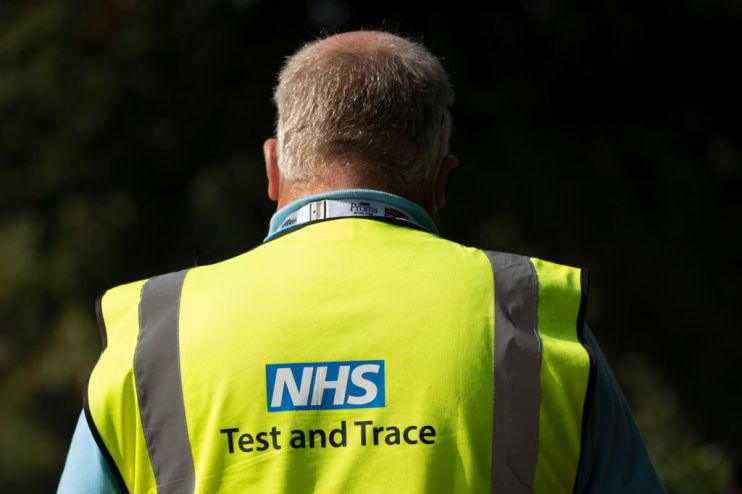Coronavirus fatality rates are way down – why has the government not taken this on board?

King Canute has had a bad press. The monarch sat on the beach on his throne with the deliberate intention of demonstrating to his courtiers that he could not stop the waves from coming in.
But in popular thinking, he is the deranged king who believed he could control the sea.
In this spirit, step forward two modern Queen Canutes, Nicola Sturgeon and Jacinda Ardern of New Zealand. Both appear to think they can eliminate Covid-19.
Our own Matt Hancock is showing dangerous signs of succumbing to this syndrome.
On a more sober note, it is certainly true that new cases are rising not just in the UK but across Europe – except in Sweden.
But there are major differences between this wave of infections and that experienced in March and April.
The key question is not really how many people might get Covid-19. It is how many might die as a result. In the jargon, this is the case fatality rate (CFR), the probability of dying from the disease if you catch it.
As ever, the Oxford Centre for Evidence Based Medicine is a font of wisdom.
A month ago, the Oxford researchers showed that in the UK the CFR had fallen from six per cent in the summer to just 1.5 per cent.
This could of course be due in whole or in part to the fact that the majority of infections are now in the young, who are at essentially no risk at all themselves.
But the Oxford group showed last week that something even more important is going on. They analysed data from Germany, which is more detailed and specific in terms of ages than in the UK. The results are striking.
In the 60 to 79 age group, in the March and April period the CFR was nine per cent. By July and August this had fallen to just two per cent.
In the very vulnerable group of the over 80s, in March and April the CFR was a frightening 29 per cent. By July and August this was down to 11 per cent.
So deaths remain very low not just because it is mainly the young now catching Covid-19 or because the elderly are shielding. Both of these are true.
More fundamentally, fatality rates amongst those who actually have the virus have fallen sharply. Treatment has improved. Social distancing means less strong doses are being caught. Whatever the reason, CFR is down.
Government advisors and health care professionals appear not to have taken this on board. They speak and act as if a second wave will be as lethal as the first.
Some might think they are as mad as the King Canute of popular legend. It is more likely that they are simply suffering from confirmation bias.
This is the tendency to search for, interpret, and recall information in a way that confirms or supports one’s prior beliefs or values.
They have long thought that a second wave would be devastating. The emerging evidence should not be allowed to get in the way of this. Their irrational behaviour is costing us all dearly.
Paul Ormerod is an economist at Volterra Partners LLP, a Visiting Professor in the Department of Computer Science at UCL, and author of Against the Grain: Insights of an Economic Contrarian, published by the IEA in conjunction with City AM
